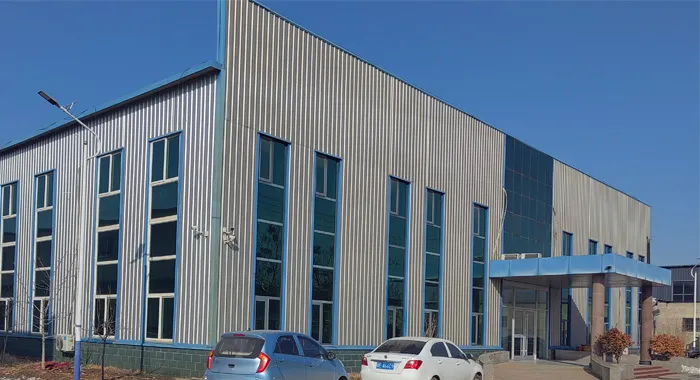
Dec . 10, 2024 19:36 Back to list
Understanding the Benefits and Applications of Tapered Roller Bearings in Engineering
Understanding Taper Roller Bearings Design, Function, and Applications
Taper roller bearings are essential components widely used in various mechanical systems, providing effective solutions for load carrying and motion transmission. These bearings are characterized by their cone-shaped rollers, which are designed to handle both radial and axial loads, making them highly versatile in numerous applications.
Design and Structure
The design of a taper roller bearing consists of an outer raceway, an inner raceway, and tapered rollers that maintain a specific angle, allowing for optimal load distribution. The tapered shape of the rollers is crucial as it enables the bearing to accommodate higher loads compared to standard cylindrical or spherical bearings. The angle of the rollers is specifically calculated to manage thrust and radial loads simultaneously, which makes taper roller bearings a preferred choice in heavy machinery and automotive applications.
The internal geometry of taper roller bearings allows for a controlled contact area between the rollers and raceways. This is essential in minimizing wear and increasing the lifespan of the bearing. Additionally, the precise manufacturing of these components ensures low operational friction, which contributes to energy efficiency.
Functionality
Taper roller bearings excel in applications where both radial and axial loads are present. They are capable of supporting substantial axial loads due to their design, which allows for an increased contact area. This versatility makes them suitable for various industries, including automotive, aerospace, construction, and manufacturing.
The bearings operate smoothly when installed properly, offering precise alignment and reducing the possibility of misalignment during operation. Their ability to withstand shock loads and vibrations enhances their reliability in demanding applications. Furthermore, taper roller bearings can be adjusted for preload, allowing users to control bearing stiffness, which can further optimize performance in specific use cases.
taper roller bearing

Applications
Due to their robust design and high load capacity, taper roller bearings find applications across several sectors - Automotive Industry In vehicles, taper roller bearings are commonly found in hubs, transmissions, and differentials. They play a crucial role in ensuring smooth gear transitions and proper wheel alignment, thereby enhancing vehicle performance. - Aerospace Taper roller bearings are vital in aircraft systems, where they are used in landing gear and control systems. Their ability to endure extreme loads and environmental conditions makes them indispensable in this industry. - Construction Machinery Heavy equipment like excavators and loaders benefits from taper roller bearings, which support the numerous moving parts under heavy loads and harsh operating conditions. - Industrial Machinery Many types of machinery used for manufacturing processes, including conveyor systems and pumps, utilize taper roller bearings for their reliability and efficiency.
Advantages
The primary advantages of taper roller bearings include their high load capacity, versatility, and long service life. Their ability to function effectively under difficult conditions while minimizing friction and wear contributes to increased efficiency in machinery. Furthermore, they are generally easier to maintain, as many designs allow for simple greasing and replacement processes.
The variety of sizes and configurations available for taper roller bearings enables engineers to select the appropriate type for specific applications, ensuring optimal performance and longevity.
Conclusion
In conclusion, taper roller bearings are crucial components in modern machinery and vehicles, offering a unique balance of radial and axial load handling capabilities. Their robust design and versatility make them ideal for a wide array of applications across different industries. Understanding their functionality and features can assist engineers and technicians in making informed decisions, ultimately leading to enhanced performance and reliability in mechanical systems. As technology advances, the continued innovation in taper roller bearing designs and materials will likely open new avenues for their application, further solidifying their importance in engineering and manufacturing fields.
Latest news
-
Premium Deep Groove Ball Bearings | High Speed & Reliability
NewsAug.29,2025
-
Durable Scaffolding Clamps - Secure & Reliable Tube Connectors
NewsAug.28,2025
-
Common Failures in Thrust Ball Bearings and Solutions
NewsAug.22,2025
-
How Tapered Roller Bearings Can Take Shock Loads
NewsAug.22,2025
-
Angular Bearings in High-Precision Spindles
NewsAug.22,2025
-
The Impact of Misalignment on Cylindrical Roller Bearing Performance
NewsAug.22,2025
